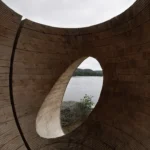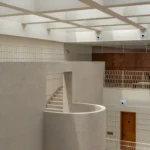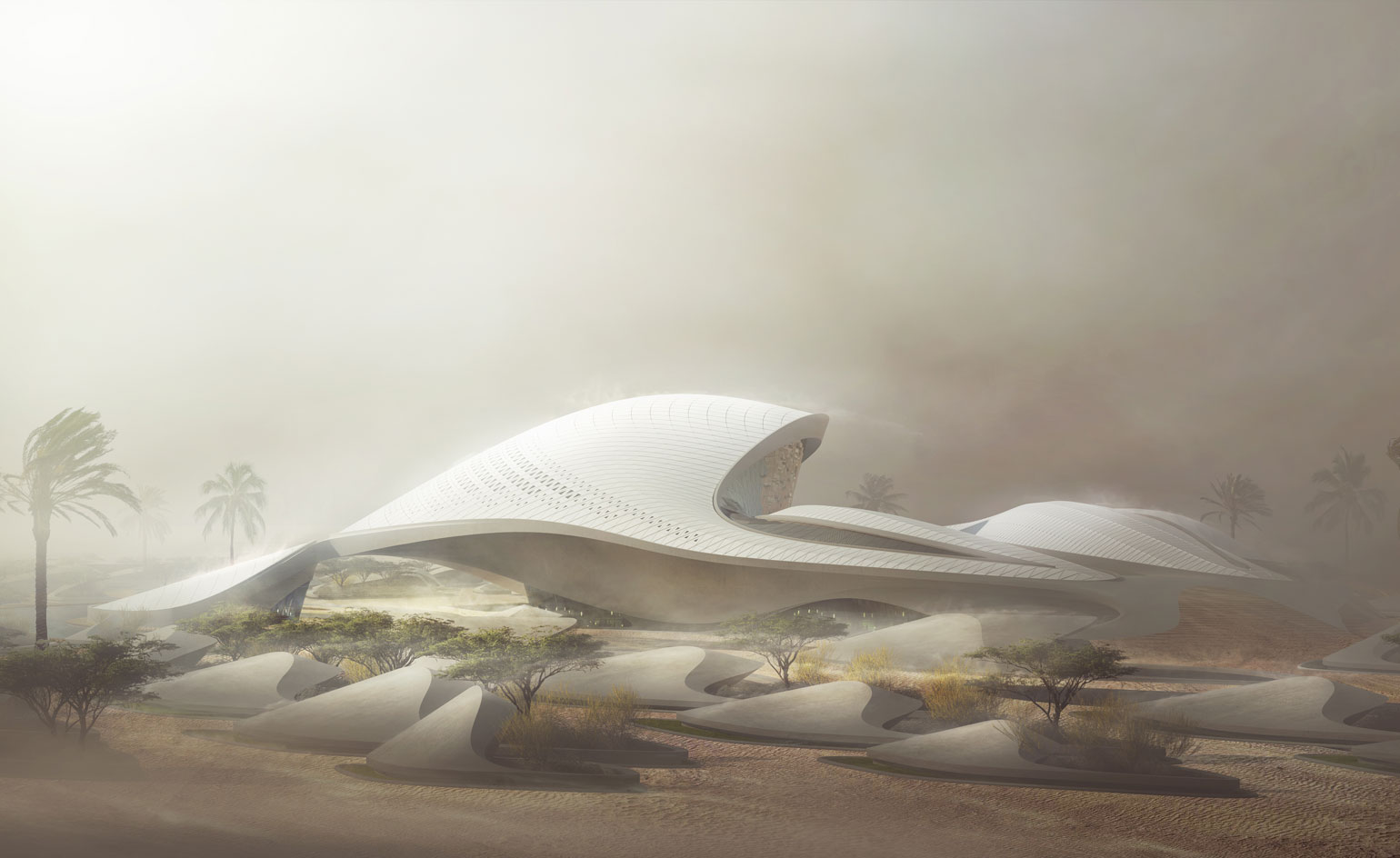
For decades, architecture’s public face was defined by a narrow slice of authorship and a narrow idea of value, spectacle over service, novelty over longevity. The pressures shaping the field today are different: climate deadlines, housing scarcity, social inequity, tightening budgets, and a public that expects culture to be accessible, not gated. In that shift, some of the most consequential answers have come from women who refused the old binaries, form vs. function, beauty vs. ethics, icon vs. infrastructure, and instead proposed a practice where space performs socially, environmentally, and aesthetically at once.
ARCHITECTURE
This is a map of five distinct trajectories that have permanently widened architecture’s toolkit. Zaha Hadid proved that complexity and crowd choreography could be the grammar of major civic buildings, motion as material. Lina Bo Bardi showed how museums and cultural centers can behave like town squares, folding everyday life into “high” culture without condescension. Kazuyo Sejima (with SANAA) normalized porosity and lightness, designing buildings that act like landscapes, open, legible, and shared. Anne Lacaton (with Vassal) turned “never demolish” into a methodology, delivering more space, light, and dignity by transforming what already exists. And Yasmeen Lari redefined impact at scale, mobilizing low-carbon craft and community training to build resilience where it matters most.
Together they tell a bigger story: that architecture’s future is about new behaviors, how buildings host public life, adapt over time, and meet the planet where it is.
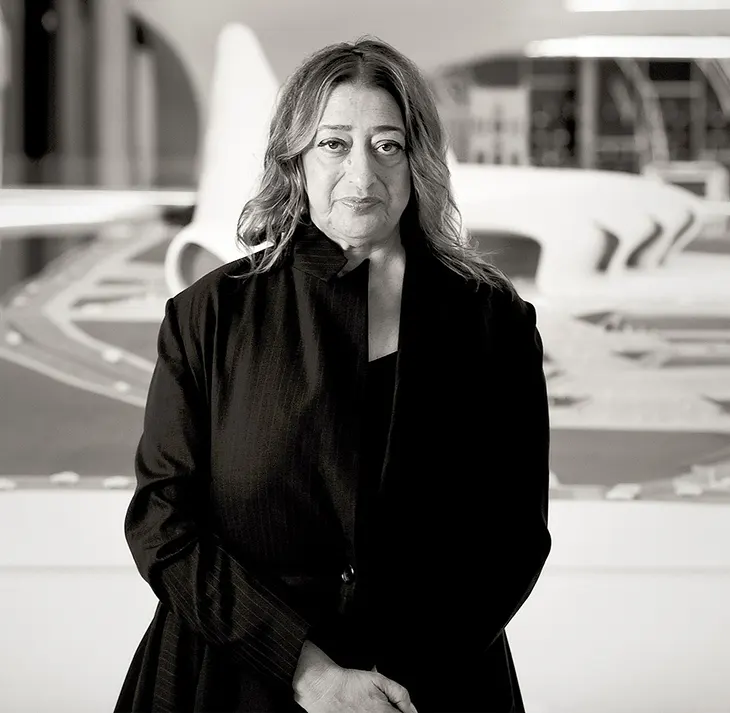
Zaha Hadid (Zaha Hadid Architects):
The Possibility Engine
The first woman to win the Pritzker Prize (2004), Zaha Hadid recalibrated what a public building could look and feel like. Her museums, opera houses, and sports venues swapped rectilinear predictability for fluid trajectories and spatial drama.
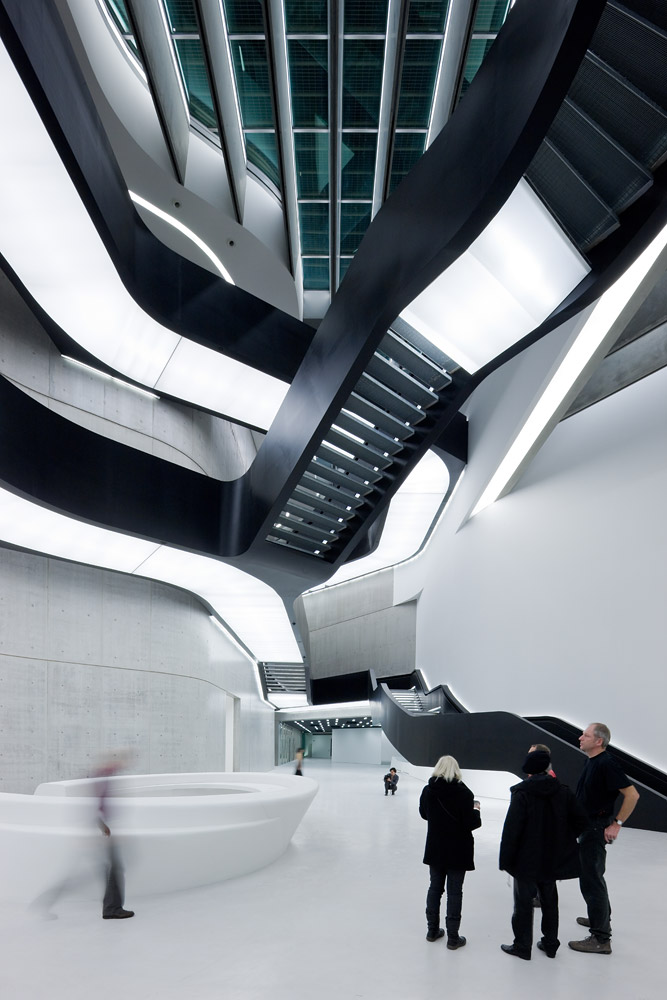
Projects like the MAXXI Museum in Rome, Guangzhou Opera House, London Aquatics Centre, and Heydar Aliyev Center made motion their primary material. Corridors become rivers; galleries, interlocking fields. Hadid’s legacy is a generation of architects newly comfortable with complexity, scripting, and the choreography of crowds.
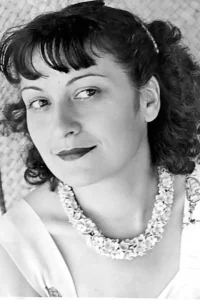
Lina Bo Bardi:
The Social Imagination
An Italian-born, Brazil-based polymath, Lina Bo Bardi fused architecture, exhibition design, furniture, and activism into a single practice. Her buildings, SESC Pompéia, MASP (with its suspended gallery), and the Glass House, advocated culture as a civic right.
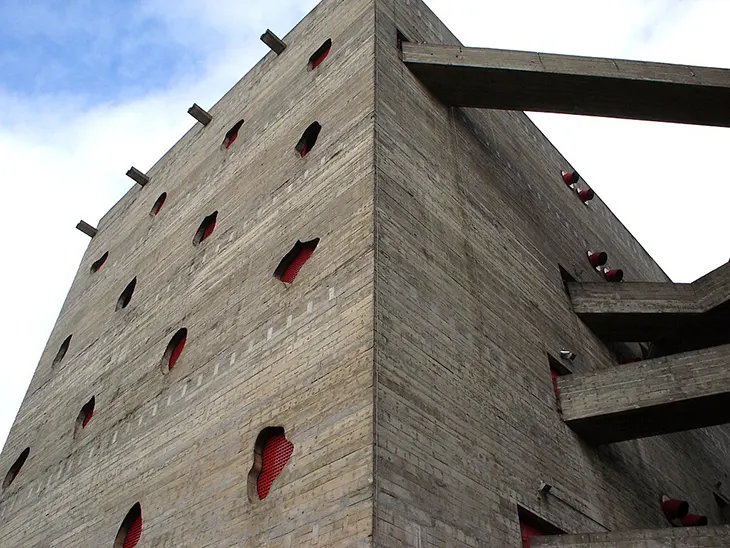
Bo Bardi taught the discipline to loosen its tie: concrete could be convivial, and a cultural center could function like a town square. Today’s community-first design ethos, from adaptive reuse to hybrid program, owes as much to her social imagination as to her rough, generous details.

Kazuyo Sejima (SANAA):
Lightness with Consequence
With partner Ryue Nishizawa at SANAA, Kazuyo Sejima composes buildings that feel weightless yet rigorously organized. The 21st Century Museum of Contemporary Art in Kanazawa, Rolex Learning Center in Lausanne, the New Museum in New York, and Louvre-Lens operate like open landscapes: boundaries dissolve, sightlines layer, public and private overlap.
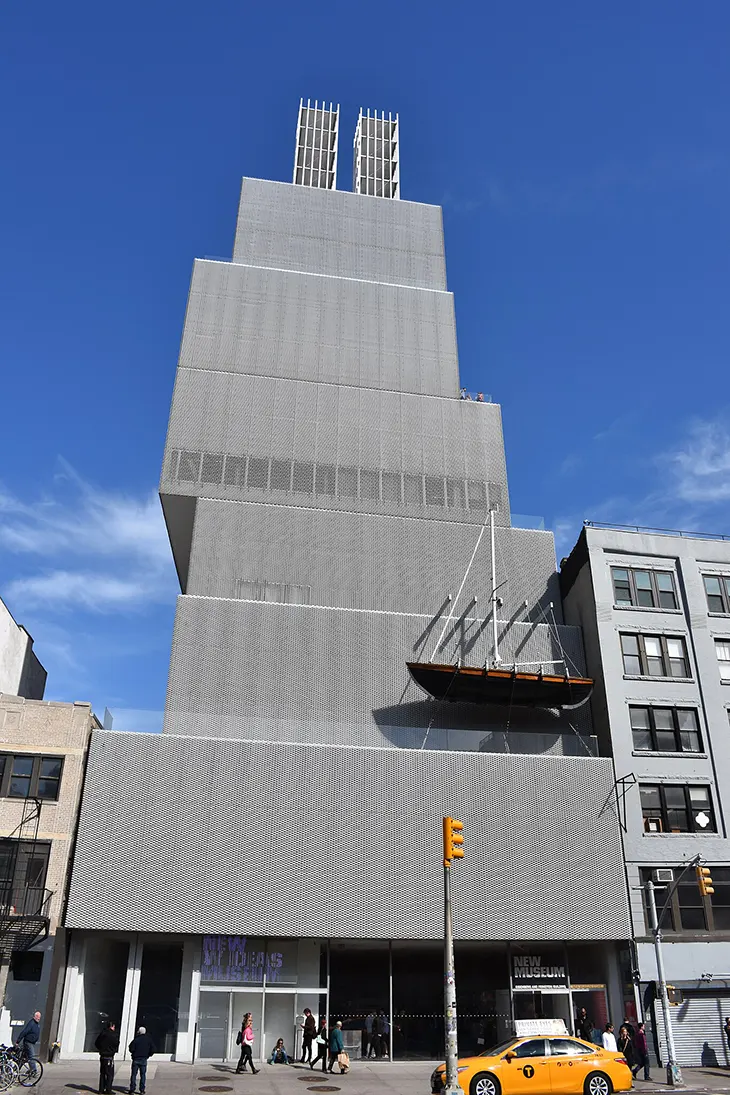
Awarded the Pritzker in 2010, SANAA’s work shifted the global conversation toward porosity and shared space, architecture as an invitation rather than an enclosure.

Anne Lacaton (Lacaton & Vassal):
Never Demolish, Always Add
Anne Lacaton’s mantra, “never demolish,” reframed sustainability as a design methodology, not a finish schedule. With Jean-Philippe Vassal, she proved that transforming postwar housing (not erasing it) delivers more dignity and carbon savings than ground-up replacements.
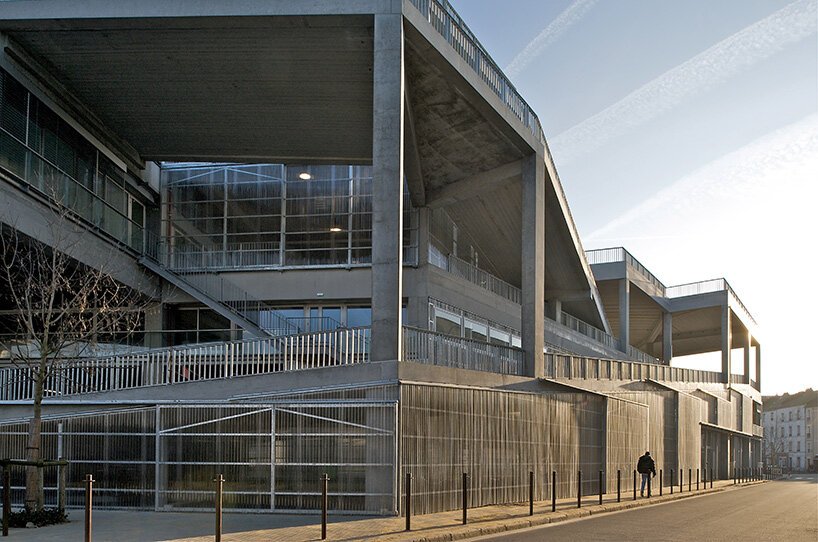
The Grand Parc transformation in Bordeaux, the Tour Bois-le-Prêtre retrofit (with Druot), and the Palais de Tokyo reconfiguration are case studies in spatial generosity, winter gardens, bigger rooms, more light, delivered at social scale. Their 2021 Pritzker Prize recognized a quiet revolution: make more with what already exists.
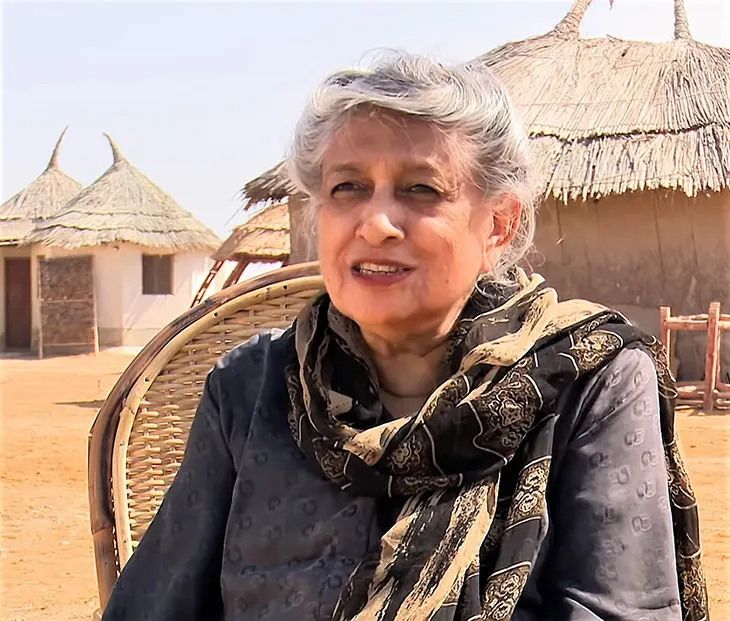
Yasmeen Lari (Heritage Foundation of Pakistan):
Architecture as Aid, at Scale
Pakistan’s first woman architect turned her practice toward climate justice and disaster relief, winning the 2023 RIBA Royal Gold Medal. Yasmeen Lari works with lime, bamboo, and local craft to produce zero-carbon shelters, schools, and sanitation systems that communities can build themselves.
View this post on Instagram
Her approach replaces top-down aid with training and micro-economies, proving that resilience can be beautiful, replicable, and fast. In an era of compounding crises, Lari’s work is a blueprint for how architects can serve, not just symbolize, society.
What connects these women is stance, treating architecture as a cultural act with measurable consequences. Whether the commission is a national museum or a village shelter, they prove design’s power lies in shaping how we meet, ethically, ecologically, beautifully.


